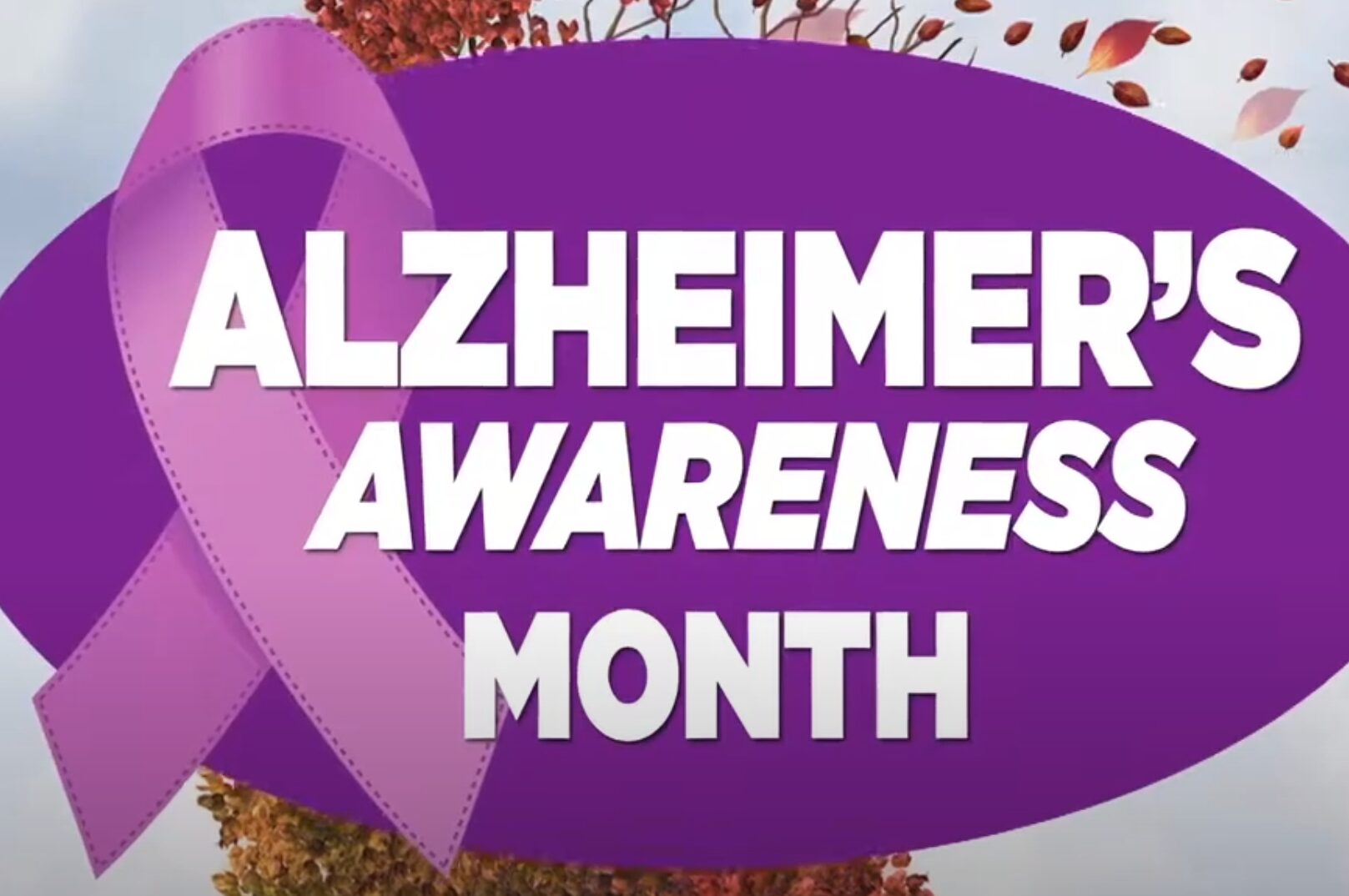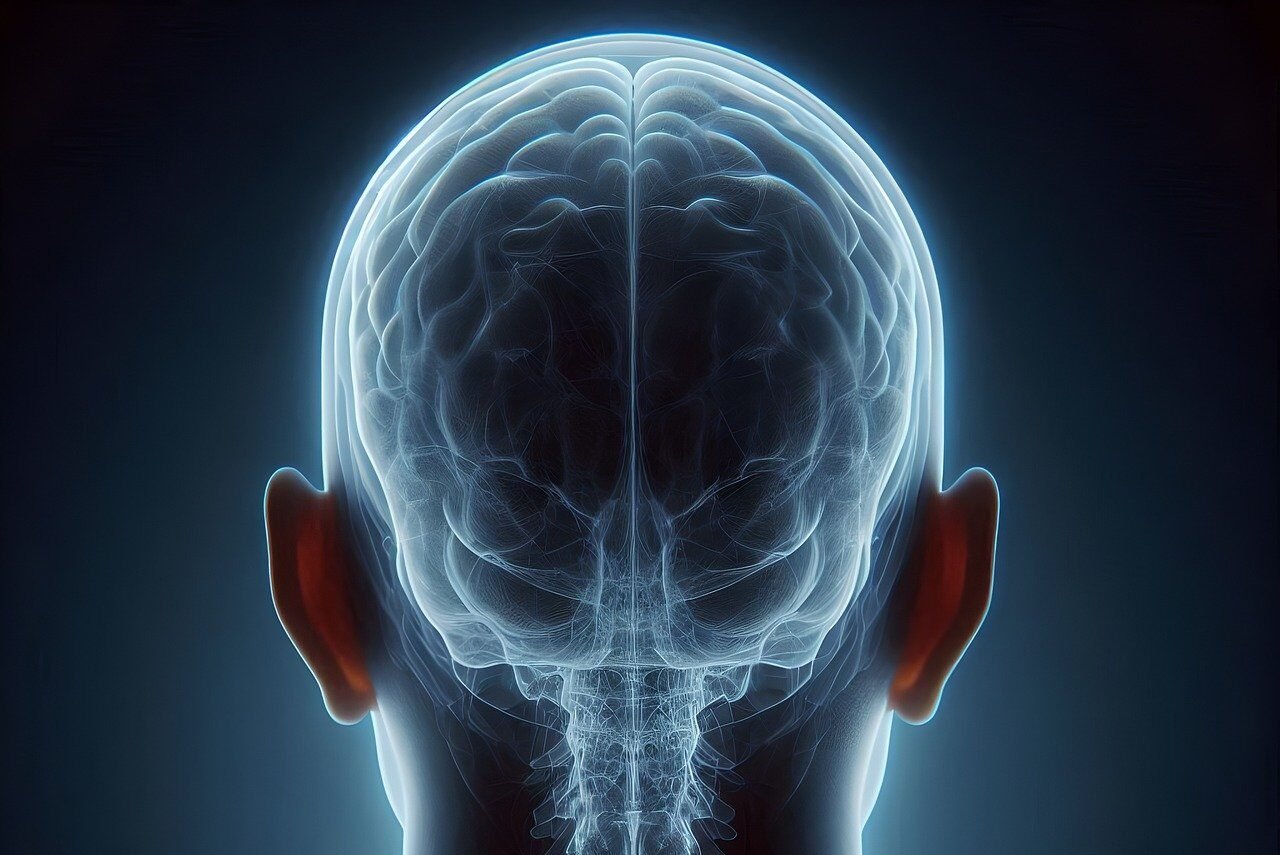Mammograms are usually used for annual breast check ups to determine cancer. A research scientist from Kaiser Permanente Northern California Division of Research named Dr. Carlos Iribarren discovered that the device can also detect a particular heart disease. It is closely related to the breast and pertains to BAC or breast arterial calcification. The digital breast x-ray can spot calcium build-up in the arteries of a woman’s breast.
Photo: Pixabay/AlarconAudiovisual
“A single test that is universally accepted can address the two leading causes of death in women,” said study author Dr. Carlos Iribarren.
To provide further proof, Dr. Iribarren and his colleagues reviewed health records of women ages 60-79 who underwent mammogram screening. Women whose mammogram results identified BAC are 51% prone to heart disease or stroke. Moreover, women with calcium build up are 23% vulnerable to vascular disorders that often lead to heart failure.
“For women with low risk, BAC presence should be a trigger of adhering to healthy lifestyles including a heart-healthy diet, avoiding smoking, and exercising regularly,” he advised. “For women with intermediate-risk, BAC should also prompt a discussion with the doctor about initiating treatment for risk factors such as cholesterol, blood pressure, and diabetes that are not well controlled by lifestyle alone.”
Although not mandatory, mammogram results containing BAC signs should be included in the radiologist’s report. Dr. Iribarren shared that the information should be disclosed to the patient and their primary care doctors. Results can be acquired without added cost and exposure to radiation.
A cardiologist and cardiac imaging specialist at Piedmont Heart, Dr. Sarah Rinehart, also has proof that mammogram tests can identify BAC. “Unlike cancer screenings, the current recommendations for heart screenings are much less recognized,” says Dr. Rinehart. “Women start getting mammograms at age 40 and colonoscopies at age 50. With heart disease, women are typically only referred for screening if they have a strong family history of early heart disease or are at increased risk themselves. Even though patients may fall into this category, many don’t seek out a heart screening.”
 Photo: Pixnio/James Gathany, Judy Schmidt, USCDCP
Photo: Pixnio/James Gathany, Judy Schmidt, USCDCP
Heart disease in women is less prioritized. Through mammogram screening, women can acquire information in just one test. This will raise awareness about the vascular problems that are often overlooked. Dr. Rinehart encourages women to consult their doctor, who monitors mammogram results. Ask for any signs of breast arterial calcification in the scans to immediately have a follow-up checkup with their chosen cardiologist.
“Multiple articles support the concept, but we don’t know the exact reason for the correlation between breast arterial calcification and heart disease because the pathophysiology is different,” she explains. “This information is just now being highlighted in the cardiovascular imaging community, and more research needs to be done, but this is great progress.”
As people get older, silent killer diseases may further develop if not immediately prevented. Ensure that you undergo body checkups each year to acquire recommendations on how to take care of your health. Do not neglect signs and symptoms — consult your doctor as soon as possible.
Provide Mammograms
Support those fighting Breast Cancer at The Breast Cancer Site for free! →
WhizzcoOriginal Article










